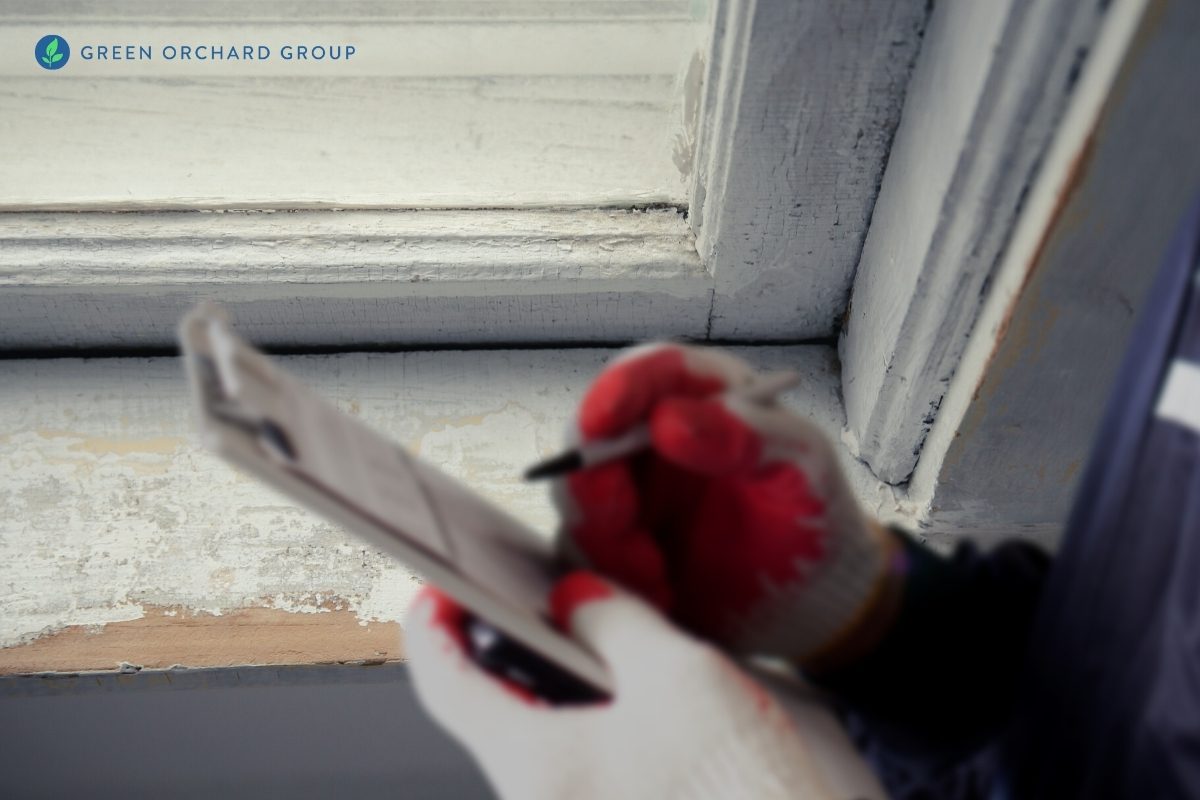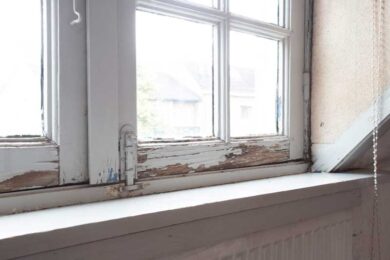Finest Practices for Making Sure Safe and Detailed Lead Infraction Reduction
Addressing lead violation abatement requires a multi-faceted strategy to make sure both security and conformity. It's the final clearance process, involving extensive evaluations and lab screening, that really confirms a lead-free atmosphere, making sure long-term safety and security. Just how do these methods adjoin to assure comprehensive lead reduction?

First Assessment
Carrying out a preliminary evaluation is a crucial very first step in lead infraction abatement. This phase includes a thorough assessment of the residential or commercial property to identify the visibility, extent, and particular areas of lead-based hazards. Certified specialists, such as certified lead assessors or take the chance of assessors, ought to execute a thorough website inspection, using devices like X-ray fluorescence (XRF) analyzers to precisely spot and gauge lead focus in paint, dirt, soil, and water.
The analysis must also include a review of the structure's background, previous records, and any problems or health problems reported by passengers - Lead Removal Contractors. Documenting the findings thoroughly is important, as these records create the basis for establishing an effective reduction method. A comprehensive assessment also involves sampling and laboratory evaluation, which are crucial to confirm the visibility of lead and overview succeeding activities
Furthermore, it is crucial to connect the results transparently to all stakeholders, consisting of homeowner, tenants, and regulatory authorities. By making certain that the first evaluation is carried out with precision and rigor, professionals can lay a solid structure for a targeted and effective lead abatement process, eventually securing public health and wellness and ensuring compliance with regulatory requirements.
Correct Control
Proper control is critical to avoid the spread of lead impurities throughout abatement activities. Properly taking care of control minimizes the threat of lead dust and debris moving to non-work areas, thereby guarding both the atmosphere and people outside the immediate job zone. To achieve proper containment, a closed obstacle of plastic bed linen must be developed around the workplace, guaranteeing all joints and edges are safely sealed. Lead Removal Contractors. This barrier ought to prolong from flooring to ceiling and be taped down to avoid any type of leaks.

Normal evaluations of the containment area are essential to look for breaches or weaknesses in the barrier. Any type of identified issues should be promptly dealt with to keep the integrity of the control. By adhering to these methods, reduction projects can properly control lead contamination and alleviate affiliated health threats.
Worker Defense
Making sure worker security is paramount during lead reduction projects to avoid work-related direct exposure to dangerous lead particles. Essential procedures include the usage of individual protective tools (PPE) such as respirators, handwear covers, and full-body suits specifically developed to block lead dirt and fumes. Workers should go through detailed training on the right use and maintenance of PPE, including fit screening for respirators to make sure maximum efficiency.
Design controls, such as neighborhood exhaust ventilation systems, are vital in minimizing airborne lead focus in the work setting. Administrative controls should also be applied, including restricting the duration of exposure and turning employees to lower private exposure times. Normal medical security and biological surveillance are important for early discovery of lead absorption, allowing prompt treatment and treatment.
Furthermore, developing a purification procedure is essential. Workers need to follow rigid decontamination procedures prior to breaks and at the end of their shift to avoid lead dust from being carried outside the job location. This consists of comprehensive hand and face cleaning with lead-specific cleansing agents and changing out of polluted clothing.
Thorough Cleanup
Keeping a risk-free workplace extends beyond check my blog worker security and incorporates meticulous cleanup to make sure lead fragments are thoroughly removed from the website. The procedure of careful cleanup is critical in preventing the recontamination of the mellowed out area and securing both present and future occupants.
To attain a comprehensive clean-up, all work locations need to be methodically sanitized. This includes the usage of specialized HEPA (High-Efficiency Particulate Air) vacuum cleansers and wet-wiping strategies to catch and eliminate great lead dirt that might have decided on surface areas. It is essential to clean up all horizontal surface areas, consisting of floors, home window sills, and counter tops, as well as upright surfaces that may have caught lead fragments.
Workers must use ideal personal protective devices (PPE) throughout cleanup to prevent direct exposure to residual lead dirt. Used cleansing products such as click resources wipes, sponges, and mop heads need to be thrown away according to contaminated materials disposal guidelines.

Last Clearance
Final clearance is the essential concluding phase of lead abatement that identifies whether the site is safe for reoccupation. This vital action entails thorough evaluation and screening to verify that all lead dangers have been effectively removed.

Last clearance testing not just safeguards go to this web-site future owners however additionally makes sure conformity with neighborhood, state, and government policies. Additionally, it acts as a documented validation of the abatement professional's adherence to market ideal practices. Ensuring an extensive and effective final clearance is essential in guarding public health and wellness and promoting count on the abatement procedure.
Verdict
Guaranteeing secure and thorough lead infraction reduction demands a multifaceted technique incorporating preliminary analyses with innovative discovery methods, reliable control methods, rigorous worker defense protocols, and precise cleanup treatments. The last clearance stage, featuring thorough examinations and lab testing, is critical to verify compliance with EPA requirements. Adherence to these ideal techniques guarantees a risk-free atmosphere for occupants, alleviates wellness risks, and supports regulative needs, thereby promoting public wellness and safety in lead-affected locations.